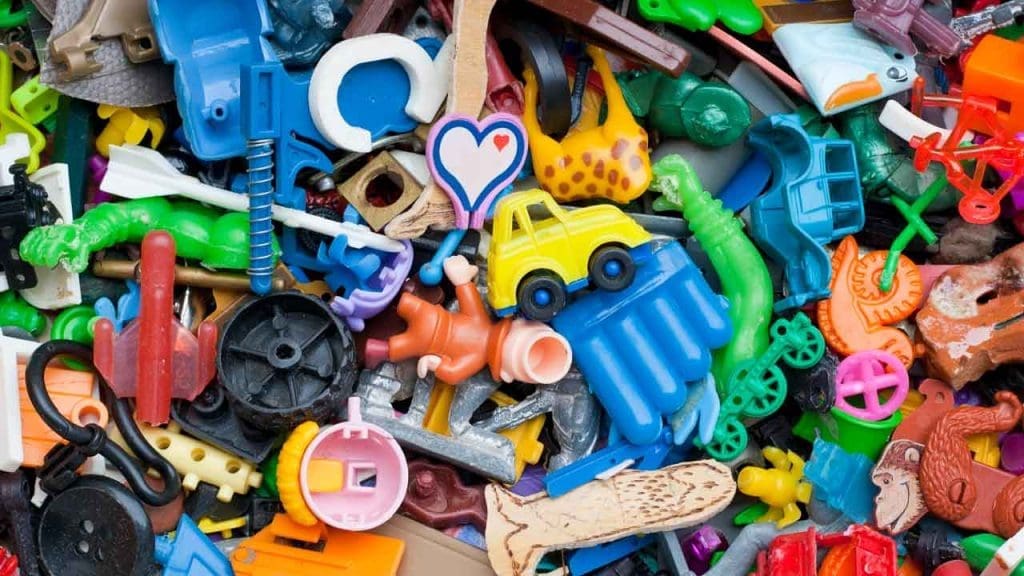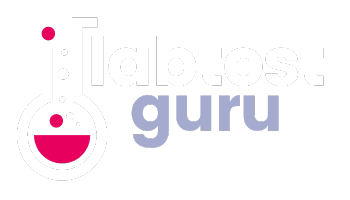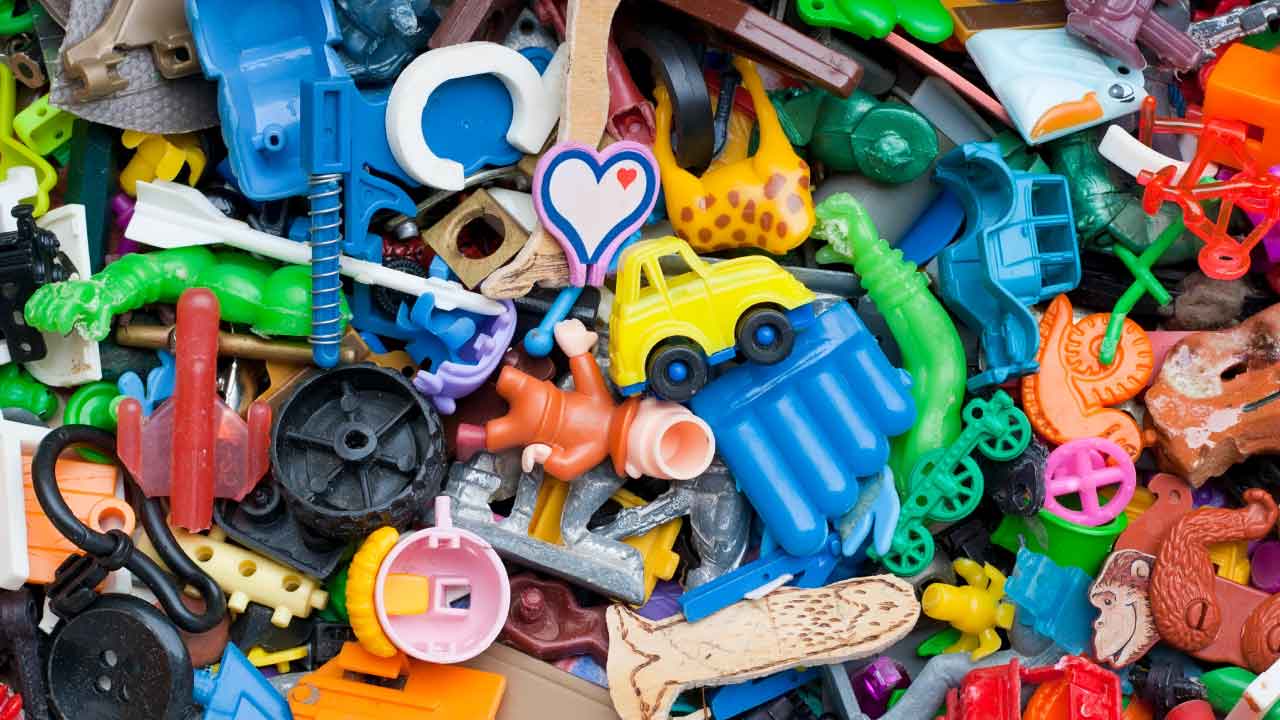As a mom, keeping your family safe and healthy is always a top priority. But did you know that an invisible danger could be lurking in your home, affecting your children’s development and even your own health? We’re talking about lead poisoning—a silent but serious threat that many families are unaware of. Even though lead exposure has decreased over the years, it remains a concern, especially in older homes, certain jobs, and everyday products.
Understanding where lead comes from, how it affects the body, and what you can do to protect your family is crucial. This guide breaks it all down in a simple, practical way—because knowledge is power, especially when it comes to your family’s health.
What Is Lead?
Lead is a naturally occurring heavy metal that has been used by humans for thousands of years. It is soft, dense, and resistant to corrosion, making it useful for things like plumbing, batteries, paint, and fuel additives. However, lead is also highly toxic to humans and animals, even in small amounts.
When lead enters the body—through ingestion, inhalation, or skin contact—it accumulates in bones, blood, and tissues, leading to serious health problems, especially for children and pregnant women. Because of its toxicity, lead has been phased out of many products, but it can still be found in older homes, contaminated water, soil, and certain imported goods.
What Is Lead Poisoning?
Lead poisoning happens when lead builds up in the body over time, often through repeated exposure to contaminated sources. There’s no safe level of lead exposure, and even small amounts can cause serious health issues, especially for children and pregnant women.
The World Health Organization (WHO) and the Centers for Disease Control and Prevention (CDC) set guidelines to identify dangerous levels of lead in the blood. For children, the CDC considers 3.5 micrograms per deciliter (µg/dL) a concerning level, and for pregnant women, anything above 5 µg/dL should be closely monitored.
Where Does Lead Exposure Come From?
You might be surprised to learn that lead can be found in common places, including:
1. Your Home (Especially Older Homes)
- If your house was built before 1978, it likely contains lead-based paint. As the paint chips or turns into dust, your children can unknowingly inhale or ingest it.
- Lead pipes and plumbing fixtures can contaminate drinking water, particularly in older buildings.
2. Soil and Dust
- Lead from old paint and past use of leaded gasoline can still be found in soil around homes, playgrounds, and parks.
- Household dust can contain lead, especially in homes undergoing renovations.
3. Imported or Old Products

- Some toys, jewelry, and cosmetics, particularly those imported items from countries with less stringent safety regulations, may pose a risk of lead exposure.
- Traditional remedies and spices from certain countries have been found to contain lead.
- Certain pottery, dishes, and painted glassware may have lead-based glazes that can leach into food.
4. Work or Hobbies
- Jobs in construction, painting, auto repair, welding, or battery manufacturing can expose workers to lead, which can then be brought home on clothing and shoes.
- Hobbies like making stained glass, refinishing furniture, or shooting at gun ranges can also be sources of exposure.
How Lead Affects Your Family’s Health
Children Are the Most Vulnerable
- Brain and Nervous System Damage – Lead affects brain development, potentially leading to lower IQ, learning disabilities, and behavioral problems.
- Speech and Developmental Delays – It can cause difficulty with speech, memory, and concentration.
- Physical Symptoms – Loss of appetite, fatigue, stomach pain, and constipation.
- Hearing Loss – Even mild exposure can impact hearing and speech development.
In Pregnant Women
- Harm to the Baby – Lead in a mother’s body can pass to the fetus, increasing the risk of miscarriage, stillbirth, premature birth, or developmental issues.
- Calcium Mobilization – During pregnancy, lead stored in bones can be released into the bloodstream, affecting both mom and baby.
In Adults
- High Blood Pressure & Heart Disease – Chronic exposure may increase the risk of cardiovascular disease.
- Memory & Concentration Problems – Lead can impact cognitive function, leading to brain fog and trouble focusing.
- Reproductive Issues – Lead exposure can reduce sperm count and contribute to infertility in both men and women.
How to Detect Lead Poisoning
Lead poisoning often has no immediate symptoms, making regular testing essential. Here’s what to look out for:
- Unexplained fatigue, headaches, or mood swings.
- Developmental delays or behavioral issues in children.
- Digestive problems like constipation or stomach pain.
Testing for Lead Exposure
- Blood Lead Test: This is the most accurate way to detect lead poisoning. It’s recommended for all young children, pregnant women, and those living in older homes.
- At-Home Lead Test Kits: You can test your home’s paint, water, and dust for lead with easy-to-use kits.
- Water Testing: If you have older pipes, get your water tested, especially if you notice a metallic taste.
How to Protect Your Family

The good news? Lead poisoning is 100% preventable! Here’s how you can keep your family safe:
1. Keep Your Home Lead-Free
✅ If you live in a home built before 1978, test for lead-based paint and consider professional lead removal.
✅ Clean floors, windowsills, and dusty areas regularly with wet mops to reduce lead dust.
✅ Use cold water for cooking and drinking—hot water can leach more lead from pipes.
✅ Wash children’s hands, toys, and pacifiers frequently to remove lead dust.
2. Safe Eating Habits
✅ Give your family a diet rich in calcium, iron, and vitamin C, which help reduce lead absorption.
✅ Store food in glass, stainless steel, or lead-free containers—avoid old or imported ceramics.
3. Work & Hobby Safety
✅ If you or your partner work with lead, change clothes before coming home and shower immediately.
✅ Avoid sanding, scraping, or burning old paint without proper safety precautions.
✅ Be cautious with imported spices, cosmetics, and herbal remedies.
The Bottom Line: Awareness is Key
Lead poisoning is preventable, but it requires awareness and proactive steps. As a mom, you have the power to protect your family by knowing the risks, testing your environment, and taking action to reduce exposure.
If you’re concerned about lead in your home, get tested today! Home lead testing kits and blood tests are affordable and widely available. The sooner you detect and address lead exposure, the better for your family’s long-term health.
Stay informed, stay safe, and spread the word—because every child deserves a healthy start!
Disclaimer: This information is for general knowledge and informational purposes only and does not constitute medical advice. Always consult with a qualified healthcare professional for any health concerns or before making any decisions related to your health.
References
- https://www.who.int/news/item/27-10-2021-who-guidance-to-reduce-illness-due-to-lead-exposure
- https://www.cdc.gov/lead-prevention/php/data/blood-lead-surveillance.html
- Hon KL, Fung CK, Leung AK. Childhood lead poisoning: an overview. Hong Kong Med J. 2017 Dec;23(6):616-21. doi: 10.12809/hkmj176214. Epub 2017 Oct 13. PMID: 29026055.
- Walter K. What Is Lead Poisoning? JAMA. 2023 Mar 28;329(12):1040. doi: 10.1001/jama.2023.1543. PMID: 36897599.

